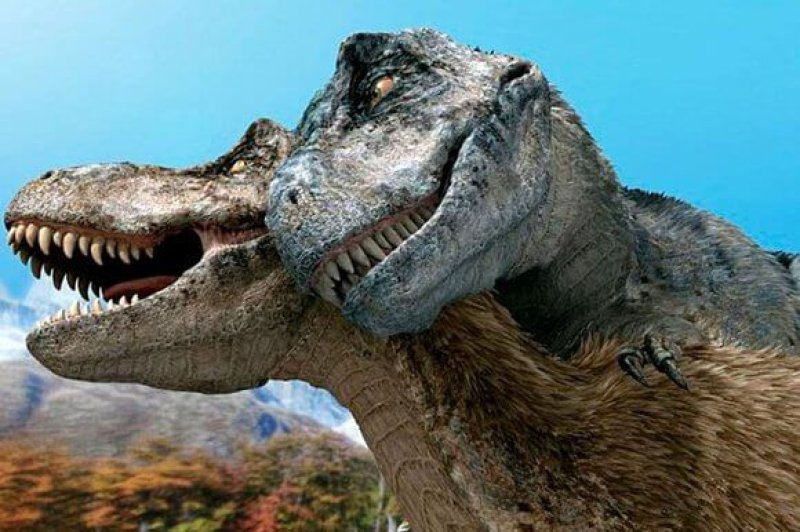The GLP aggregated and excerpted this blog/article to reflect the diversity of news, opinion and analysis.
Dig this. For some dinosaurs, the way to a female’s heart may have been a soil-digging contest.
Researchers working in Colorado have discovered the first physical evidence that some dinosaurs competed in attention-grabbing displays to woo mates.
The structures, which date back to the Cretaceous, are comprised of raised earth ridges flanked by parallel troughs, and a type of dinosaur is thought to have dug them in order to catch the attention of females.
Three-toed footprints in some of the troughs suggest that a species of theropod – the group that included velociraptors and the ancestors of birds – were their architects.
“These discoveries provide a unique glimpse into dinosaur social behaviour,” says Brent Breithaupt of the Wyoming State Office, part of the team that discovered these 100-million-year-old tracks.
Analysing these scraped-out tracks, the team decided they must be signs of sexual displays. Unlike nests, which are usually similar and evenly spaced, these mounds and troughs were irregular in size and spread out in an uneven pattern. Nor was there any of the usual fossil evidence of young, such as eggshells.
The team says the structures could not have functioned as burrows or shelters, and the dinosaurs were unlikely to have been digging for water – a process that would have washed all this evidence away.
Read full, original post: Dinosaurs took part in building competitions to attract females































